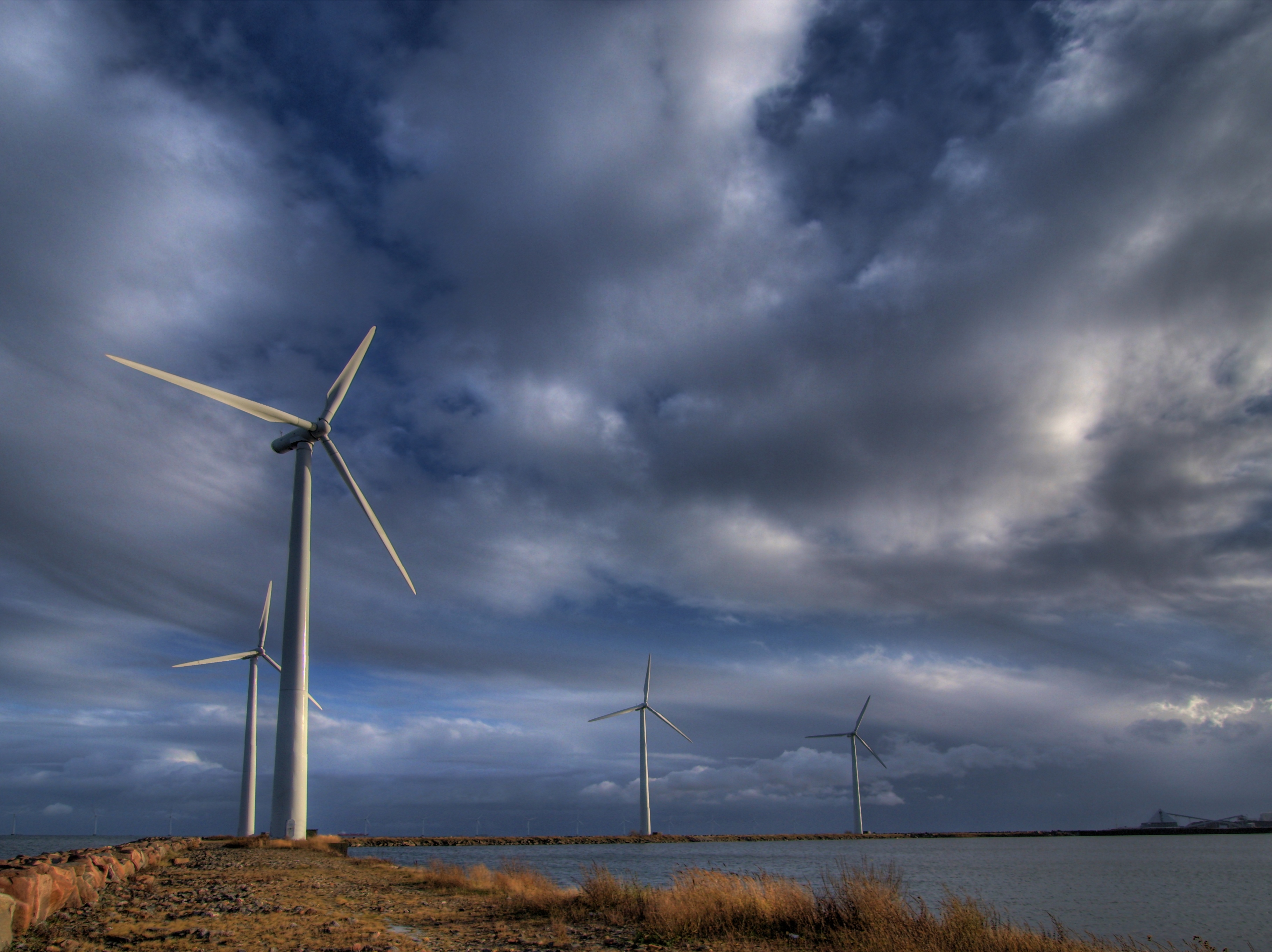Windmill technology produces rain

In Holland, another new water technology is causing tongues to wag. While most technologies deal with saving water, this one actually deals with creating the substance.
Dutch Rainmaker, a young, innovative company is currently working on a new concept for the production of fresh water. The company forms a consortium with several large technology institutes and companies and is based in Friesland, the water technology province of Holland.
How it works
Windmill technology is used to produce drinking water from air and can also be used for desalination of sea water.
The wind turbine directly drives the compressor of a fully integrated compression cooling system. The inlet air is cooled through the compression cooling system, so that the water in the air condensates. The condensate water is then collected and preserved to be used as drinking or irrigation water.
Depending on local ambient temperatures and humidity, air always contains a certain amount of water. This makes it possible to make water from air almost anywhere in the world. For example, air of 20°C and 50% RH (relative humidity) contains approximately 7 grams of water per kilogram of air whereas air of 30°C and 50% RH contains almost 14 grams of water/1kg of air.
Warm ambient air, in particular, may contain large amounts of water. Lowering the temperature of air requires relatively little energy. By doing so a large volume of water becomes available by condensation.
The turbine forces air through a heat exchanger – where the air is cooled – and condensation takes place. When the temperature falls below its dew-point, water droplets will form and be collected in a water storage compartment.
The system’s wind turbine does not drive a generator to produce electricity, as is commonly the case. Instead it drives a heat pump which is directly powered by the wind turbine’s blades. With the heat pump the water vapour in the air is condensed and collected for domestic or irrigation purposes.
Ambient air enters the tower-placed heat exchanger by means of natural draft and forced ventilation where the air is cooled. The condensation process begins. When relative humidty approaches 100%, condensation occurs and condensate can be captured from the air, filtered and directed to a water collection tank.
Solitary units can be placed anywhere in the world, with little need for external water and energy resources as long as energy to move the blades can be derived from the wind.
The Dutch rainmaker is a stand alone unit and needs no connection to a grid.
